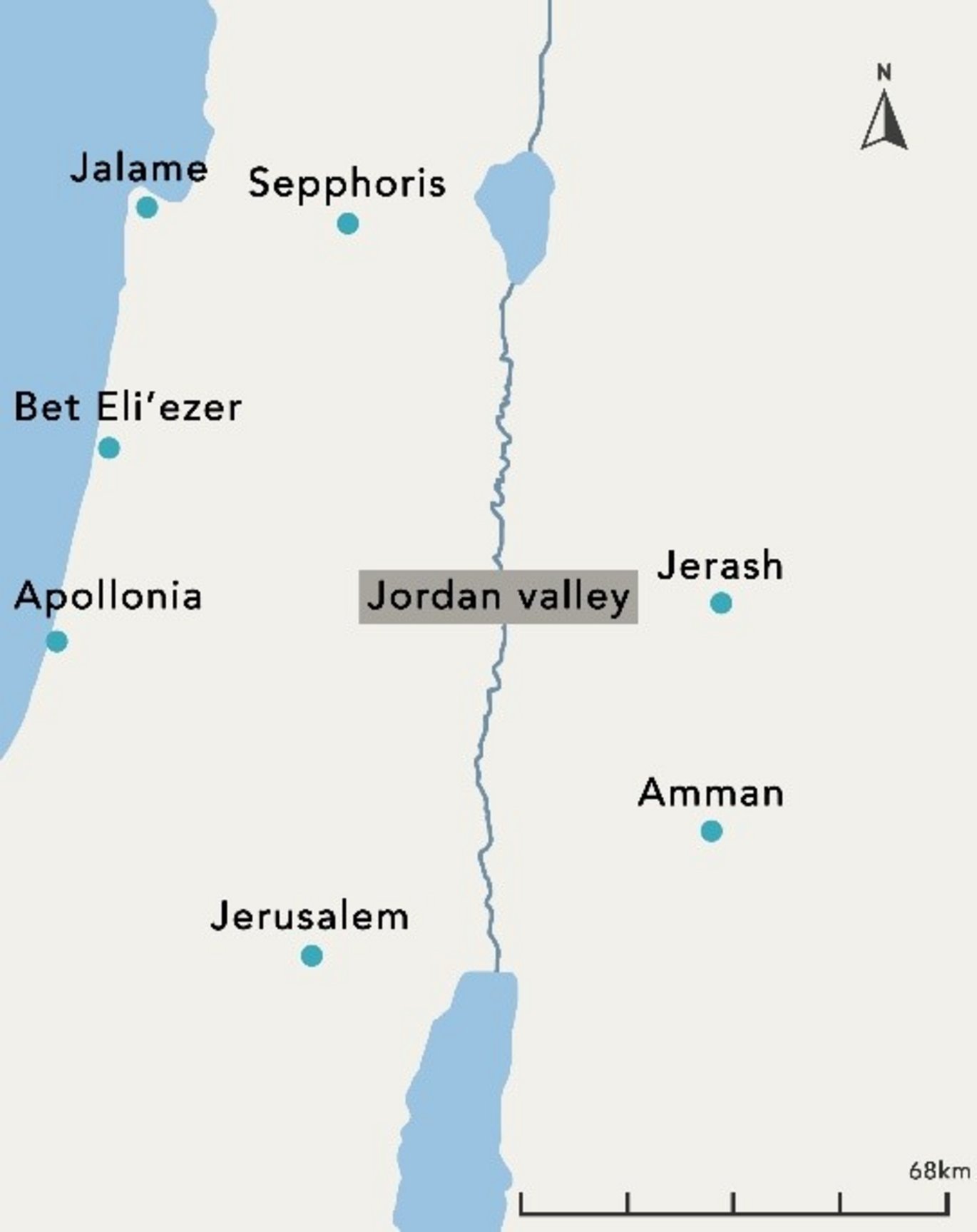Archive archaeology at the Forschungsstelle Asia Minor – University of Münster
Postdoc Emanuele Ettore Intagliata’s new research at the Dörner Archive sheds new light on the post-Hellenistic history of Arsameia-on-the-Nymphaios.

By postdoc Emanuele Ettore Intagliata.
The excavations led by F. K. Dörner in the area of Eski Kahta are mostly known for the result of his work at Eski Kale, where this scholar is credited for the discovery of Arsameia-on-the-Nymphaios, the burial place of king Mithradates I. After the publication of the results of the 1950s’ excavations, Dörner’s fascination for Eski Kale continued unabated, it being mostly motivated by the desire to uncover the rests of the lost city mentioned in the Great Cult Inscription found in 1951. The numerous test trenches carried out between 1963 and 1965 in the hinterland of Eski Kale by Dörner and his team were unsuccessful in identifying the exact location of the Hellenistic urban settlement. However, they uncovered remains of the site’s later phases of occupation. Some of the results of these excavations found their way in short interim reports but were never fully published.
A large part of the original documentations of Dörner’s excavations is now housed at the Forschungsstelle Asia Minor, a research centre based at the University of Münster and founded by Dörner himself in the early 1970s. The thousands of photographs, handwritten notes, letters, and reports in this centre not only provide vital information about the excavations at Eski Kale, but they also contribute to painting a vivid picture of Dörner as a passionate historian and ethnographer.
A project funded by the Danish Institute in Damascus has allowed UrbNet postdoc Emanuele Ettore Intagliata to travel to Münster, start the systematic study of this important archive collection, and explore its untapped potential for future research. In collaboration with Prof. Michael Blömer (University of Münster and former Assistant Professor at UrbNet), the project has started the study of hundreds of documents pertaining specifically to the 1960s excavations conducted in the hinterland of Eski Kale.
The research at Münster has focussed in particular on the results of the excavations of the so-called ‘Mosaikfeld’ and ‘Ironfeld’. The former uncovered the remains of a large bathhouse that was dated by the excavators to the second or first century AD, but that is presumably much later. The ‘Ironfeld’ was a large facility provided with furnaces for melting iron and producing metal objects. The documentation of the excavation of the ‘Ironfeld’ is particularly extensive and includes hundreds of plans, photographs, and drawings. The study of this material will not only provide important information on the dating of the ‘Ironfeld’, but will also contribute to answer questions related to circularity and material flow in antiquity in this region of southeast Anatolia.
